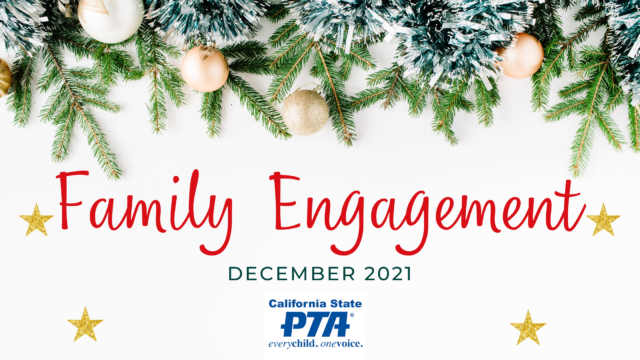by California State PTA Family Engagement Commission 
PTA believes families are essential partners with schools in the shared mission to help every child reach their full potential. For more than 20 years, PTA’s National Standards for Family-School Partnerships set the bar for how schools and parent organizations work together to support student success. These standards are embedded in California’s education code.
National PTA identifies six standards that can help schools, PTAs, and school districts improve their family-school partnerships so that all students can thrive:
National PTA has updated these six standards by integrating the perspectives of families, educators, and youth – particularly those from historically marginalized communities. The goal is to make them more useful for today’s families and schools. This video provides a brief overview.
National Standards for Family-School Partnerships Update
Each standard includes goals and a set of indicators that describe the more specific actions that schools and PTAs can take to make progress toward each goal.
Using the standards as a framework, National PTA has created a number of additional resources in support of this work. They include:
- Two sets of tools, one for PTA leaders and one for leaders of schools and districts, that can be used to guide development of a family engagement plan.
- A School Leader’s Rubric that includes reflection questions for school leaders, plus a comprehensive set of rubrics and examples for assessing progress across the six standards.
- An advocacy document entitled Strengthening Family-School Partnerships through Education Policy, that urges the U.S. Congress to make key legislative changes to support family engagement and improve student success.
The California State PTA Family Engagement Commission is providing a more in-depth look at each standard, including great ideas for how PTAs and schools can work together to build powerful partnerships that serve all children and families. Read more here about Standard #1, Welcome All Families.



